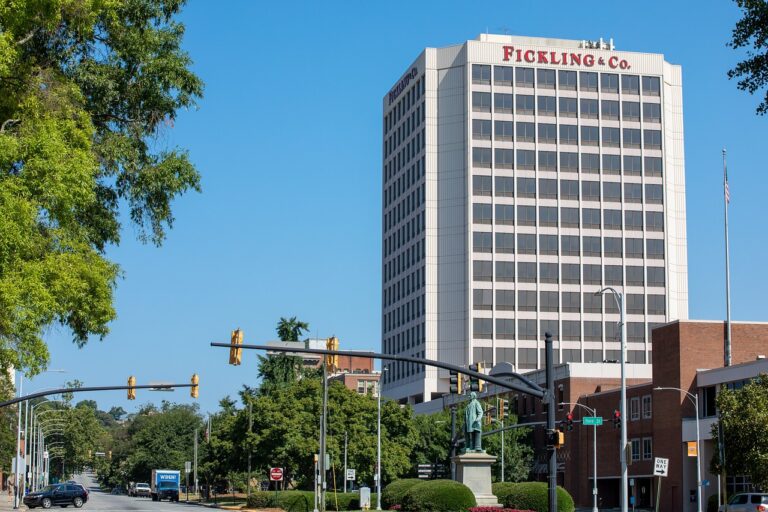Analyzing the Market Potential of Sustainable Roofing Materials: World 7.com, Mahadev book login id and password, Silver exchange demo id
world 7.com, mahadev book login id and password, silver exchange demo id: Analyzing the Market Potential of Sustainable Roofing Materials
In recent years, there has been a growing trend towards sustainability in all aspects of construction. This includes the roofing industry, where sustainable roofing materials are becoming increasingly popular. But what exactly are sustainable roofing materials, and what is their market potential? Let’s delve into this topic and explore the opportunities that sustainable roofing materials offer.
What are sustainable roofing materials?
Sustainable roofing materials are those that are environmentally friendly, energy-efficient, and long-lasting. These materials are typically made from recycled or renewable resources and are designed to reduce a building’s environmental impact. Examples of sustainable roofing materials include solar panels, green roofs, metal roofs, and cool roofs.
Market potential of sustainable roofing materials
The market potential of sustainable roofing materials is significant and growing. With increasing awareness of climate change and the need to reduce carbon emissions, more and more homeowners and businesses are opting for sustainable roofing solutions. In fact, the global market for sustainable roofing materials is projected to reach $28.1 billion by 2025, according to a report by Grand View Research.
Factors driving the demand for sustainable roofing materials
Several factors are driving the demand for sustainable roofing materials. These include:
1. Environmental concerns: Consumers are increasingly aware of the impact that traditional roofing materials have on the environment. Sustainable roofing materials offer a way to reduce carbon emissions and minimize waste.
2. Energy efficiency: Sustainable roofing materials can help reduce energy costs by improving a building’s insulation and reducing the need for heating and cooling.
3. Longevity: Many sustainable roofing materials are more durable and long-lasting than traditional materials, reducing the need for frequent repairs and replacements.
4. Government incentives: In many countries, governments are offering incentives for the use of sustainable roofing materials, such as tax credits and rebates.
Challenges in the market for sustainable roofing materials
While the market potential for sustainable roofing materials is substantial, there are also challenges that need to be addressed. These include:
1. Higher initial costs: Sustainable roofing materials can be more expensive upfront than traditional materials, which can be a barrier for some consumers.
2. Limited availability: Some sustainable roofing materials may not be readily available in all regions, making it difficult for consumers to access them.
3. Lack of awareness: Many consumers are still unaware of the benefits of sustainable roofing materials and may need to be educated about their advantages.
FAQs
Q: Are sustainable roofing materials more expensive than traditional materials?
A: Yes, sustainable roofing materials can be more expensive upfront, but they often provide long-term cost savings through energy efficiency and durability.
Q: What are some examples of sustainable roofing materials?
A: Examples of sustainable roofing materials include solar panels, green roofs, metal roofs, and cool roofs.







